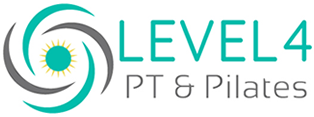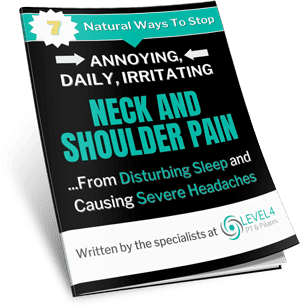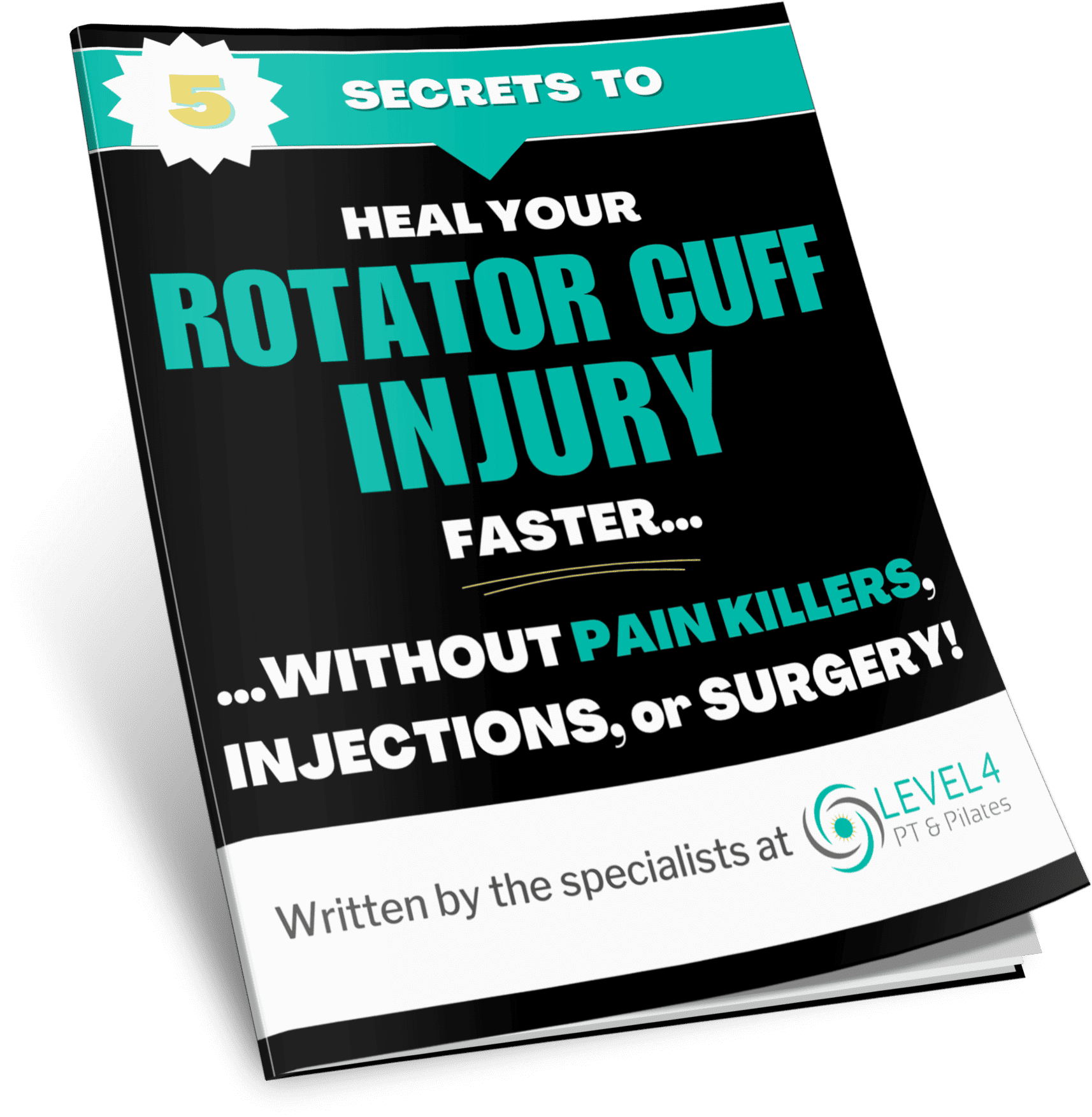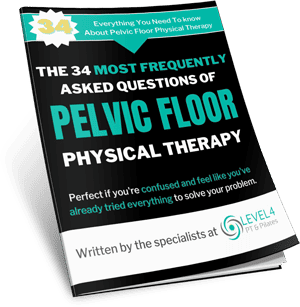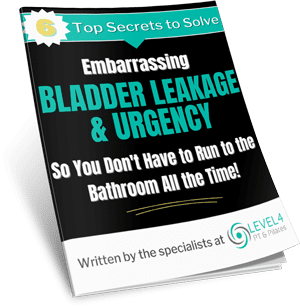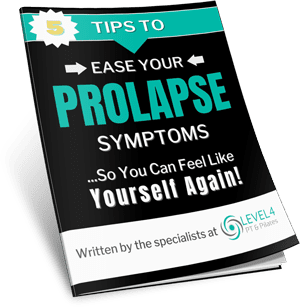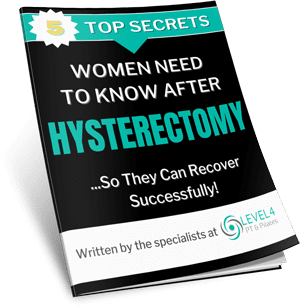Exercising After Having A Baby… When Is It Safe To Start?
I wanted to tell you about a common question that I got asked four times in the last two weeks… as most of these women were about three months after having their baby, some were sooner, and they want to know, “When is it safe for me to go back into my old fitness routine?” Whether that’s CrossFit, Pilates, or running, a lot of these women are feeling unsure…and I felt the same way. I had a nine-pound baby, so I get it!
It might be that their core muscles feel like jello now, they’re not sure if their pelvic floor muscles have gone back to the way they were before, and maybe they’re having some bladder leakage problems when they cough, sneeze, or jump. They’re just concerned that going back in their fitness activity (because it was so intense) and not sure if their body is ready.
Some of the things that I like to advise women I see, I mean, every woman is going to be a little bit different and I’m going to take an individualized approach, but there’s some general things to watch out for during this postpartum stage. So number one is you want to make sure that your bleeding has stopped. That means that your healing has not taken place and that is huge red flag! Give yourself more time and take it easy. And if you had a C-section, wait until at least six weeks after having the baby, your incision must be healed and you have checked in with your OB/GYN for clearance. Many times after six weeks, it is still way too soon to be lifting weights or running. Take gentle walks, stretching, and bodyweight exercises to start. If there is pain ANYWHERE, then that is also a red flag and your body is not ready yet to do anything strenuous.
A tip during this time is to make sure you are staying hydrated. You want to make sure you’re getting enough fluids, especially if you’re breastfeeding. And this is important if you start exercising and you’re going to be sweating. This will help assist the healing process as well.
I get about doing abdominal exercises as a lot of women aren’t sure what’s safe to do afterward to lose the belly bulge or why they feel like they’re still pregnant, even though they lost the weight. If you are seeing a little bit of a ridge when you go from lying down to sitting up in bed, it could be possible you have developed what’s called a diastasis recti that doesn’t always heal itself. So working on exercises with a lot of twisting or crunching, or a lot of planks, can actually be detrimental to someone that has diastasis recti. Consulting with a women’s health physical therapist to give you the right guidance, the right type of exercises to do, is going to be really helpful. Not just googling or checking out random YouTube videos!
Next, pelvic floor issues like leaking with coughing, sneezing, running, or jumping, means a couple different things. You could have some weakness in your pelvic floor. You could still be healing, so easing back into those higher intensity exercises and getting some guidance from a pelvic floor physical therapist, and learning the right types of exercises will be helpful. Sometimes it isn’t a strength issue, but more of an issue with the brain not connecting to your pelvic floor muscles. Kegels aren’t always the answer and aren’t always the way to cure bladder issues. This WON’T get better on it’s own, and that is why women later in life still have this issue because it was never SOLVED after childbirth. Getting guidance from a pelvic floor PT will be necessary.
Your best FIRST step back into a fitness routine should include activities like walking or swimming, things that don’t put a lot of pressure on your pelvic floor. Also, increasing intra-abdominal pressure with higher load activities like crunches, weight lifting, and some yoga poses can put your pelvic floor at risk for something called pelvic organ prolapse, which can happen if you lift something too heavy or without proper body mechanics. Refer to our blog on “Breaking the Silence on Pelvic Organ Prolapse.”
Lower Your Risk of Abdominal Separation, Bleeding, Pain, or Prolapse after Childbirth…
Is it Too Soon to Exercise After Having a Baby?
Get the Postpartum Readiness Checklist (the questions your midwife or OB/GYN won’t ask you)!
Those are a few of the common tips that I give my clients as they think about easing back into their prior fitness routine. If you have any other questions or wants some guidance about what to do, we’d be happy to talk with you. Our number is (760) 503-4440 or feel free to browse the Women’s Health section on our website.
- 3 Proven Ways You Can Relieve Sciatic Pain While Sleeping - September 14, 2023
- Menopause and the Impact It Can Have On Your Weight - August 4, 2023
- 5 Ways That Pilates Can Help With Back Pain - July 19, 2023
